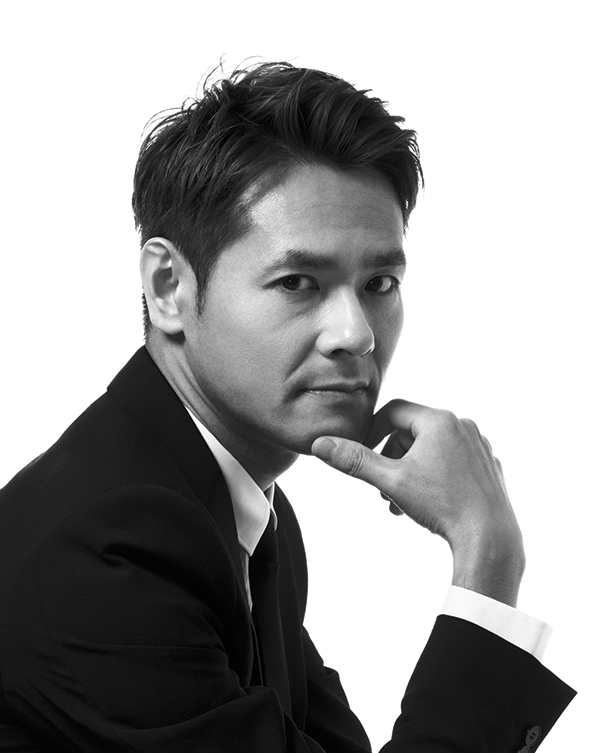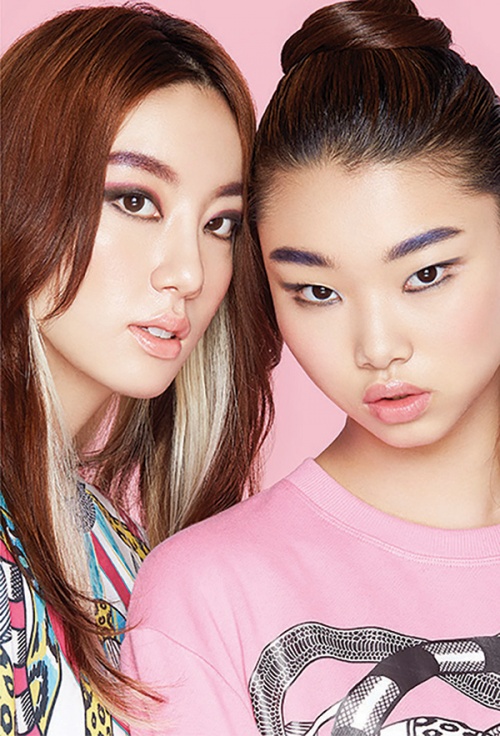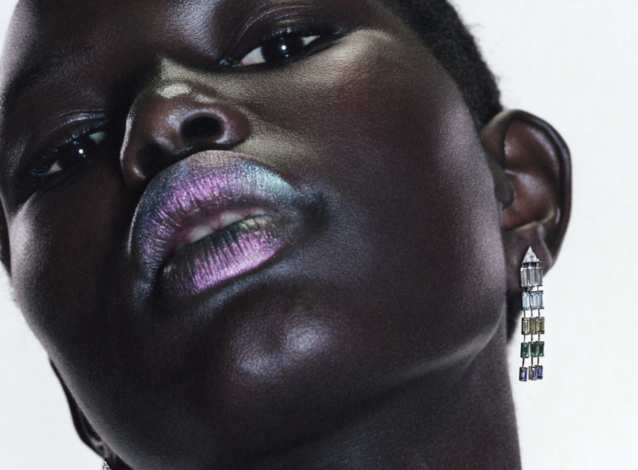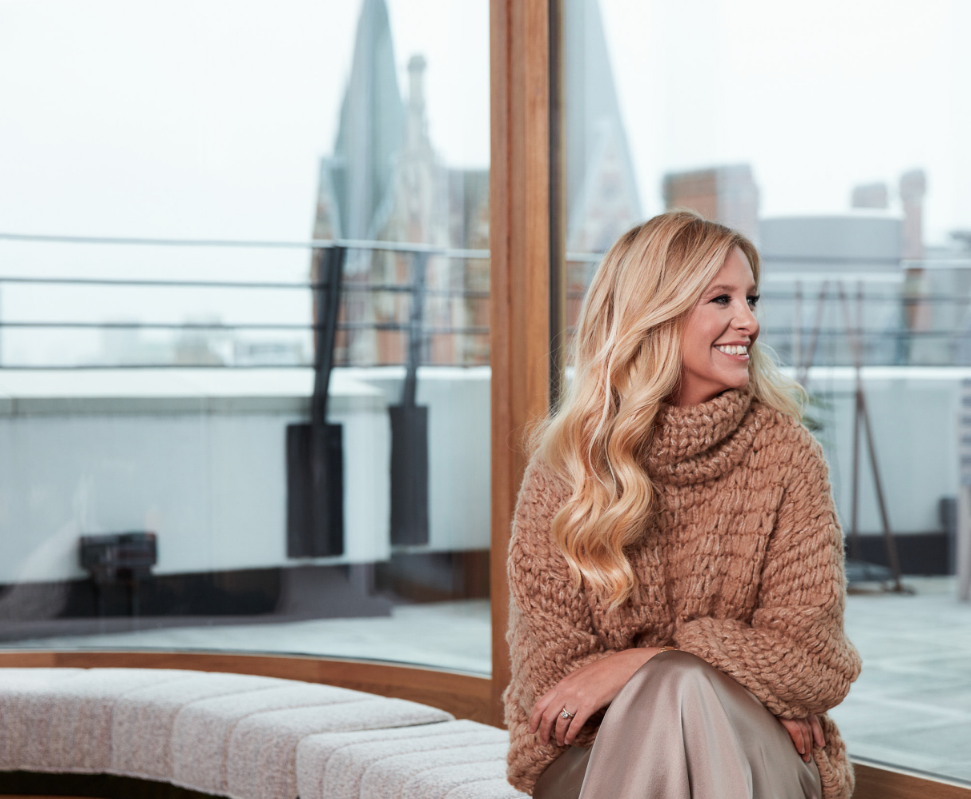Kakuyasu Uchiide: The Fashion Alchemist Behind Shu Uemuras Winning Formulas
Sep 08, 2016

Shu Uemura is a Japanese cosmetics company which intertwines beauty and art. Its cosmetics are worn by the fashionable, the trendy and millennials. The products move as fast as the praises they earn, zipping through cyberspace. So quick off the mark and so cutting-edge is the brand that it no longer targets millennials, but Generation Z: those that are ruthlessly independent, empowered and, to a certain extent, break the rules. The result is that the hits keep coming.
Shu Uemura’s international artistic director Kakuyasu Uchiide is the company’s alchemist, conjuring and inciting expectations in the industry and changes in consumer behaviour. Uchiide, formerly a lawyer, joined the company in 1988 and was the number one protégé of company founder Shu Uemura. At Uchiide’s level of alchemy, the devil is in the details: the hundreds of shades and looks he creates and collaborates with others to define. The Shu Uemura mantra is be as dazzling as you dare and as utterly original or subtly sophisticated as you feel.
#legend spoke to Uchiide when he visited Hong Kong to promote Shugirl, a project bringing together up to 20 key opinion leaders who best represent the brand’s mixture of Tokyo street fashionista and edgy kawaii, or cuteness, and the mix of trendy icon and fashionable styling.
Shu Uemura is all about combining art and beauty. Who in Japanese culture best embodies this mantra?
Japanese fashion designers are really conceptual, always looking for how to connect fashion and art, like Yohji Yamamoto, Rei Kawakubo and Issey Miyake. I think this is a Japanese character. It takes from our culture. For example, in our tea ceremony, there is beauty. There is entertainment, too. This is very traditional, but very beautiful, like a painting. The tea ceremony is an art also, between guest and host. The guest needs to bring something, as does the host.
It’s like dating?
Yes, it is like that. We are giving both kinds of culture. It’s not just drinking tea. Everything we do, we have to have a habit, and to look for something true or beautiful or kind or happy.
This must put so much pressure on you not to make a mistake.
Yes and no. Again, it is based on our culture. It’s like our quest. We have a past and we have to honour it.
How have young Tokyo women changed? The millennials, for example, what are they?
My career started in 1988. At that time there were many beautiful women. But the sense of individuality or character was different. With millennials, they do it for themselves, not for the people. They see their own beauty and they enjoy that feeling. It’s totally different. Before make-up was sometimes used by ladies for themselves, but also for their fellow men. But now millennials make up themselves and really enjoy showing themselves. That’s the biggest change from the past.
How has that affected the Shu Uemura approach?
A great deal. That change now defines our approach. We must not stay conventional. We must always challenge consumers, and always perform something new, something fresh. In the old days, we were just a cosmetics company, but now it’s like we have a mission to entertain our consumers as well. We also have to provide taste, a level of taste.

So that’s the thinking behind the Shugirl project in Asia?
Yes, the Shugirl project has been in my mind for a long time. A lot of fashionable people have always come to Shu Uemura. Cosmetics can express a certain idea of beauty. There is always the ideal lifestyle to consider. A Shugirl collection is a location-based idea. For example, Omotesando is a particular district in Tokyo where millennials go in a certain style. But go to Shibuya and they have to think about a different fashion or style. A Japanese girl will dress a certain way to shop in different districts of Tokyo. Shugirl is a part of the culture and, again, that’s a different approach from 10 years ago. I think it’s a Shu Uemura distinction in the market.
What is the difference between Hong Kong and Tokyo girls?
Japanese girls don’t care about weather. Even in hot weather, they don’t care. They try to wear what they want in whatever weather. In Hong Kong, it’s hot here, so the girls won’t wear so much make-up. Japanese girls will mix winter, summer in clothes and make-up as part of their look. They don’t care. It’s a big difference. Hong Kong ladies, or Hong Kong culture, are quite internationalised compared to Japan, and people are much more poised here than in Tokyo. I think Tokyo millennials communicate through volume. They are different people: tribal, a different species of women.
What do you like and dislike most about Parisian beauty?
Paris chic is not just elegance. Somewhere, there’s a hint of rock, or punk, or something – just a hint. In that sense, it’s imperfection. But that imperfection generates the uniqueness. And that’s why I love Paris chic because, in a way, women all over the world have something of them about Parisian chic. My customers really enjoy expressing themselves. My customers are performers. The street is their theatre and they don’t care about the others. They just want to walk on the street and perform. That is their spirit.
Do you collect art? Do you have a favourite artist?
No, but I’d like to. I like to go to museums, galleries. I was at the opening of Issey Miyake’s recent exhibition in Tokyo. Sometimes I go to Paris and my friend who works for galleries shows me around. I see a lot of contemporary art in Paris and I find these artists all have a unique point of view, which inspires me. Make-up artists need inspiration from different media, like contemporary art or, sometimes, a book or a film. We need constant stimulation and I need to know things.
Last year you collaborated with US-born, Seoul-raised fashion designer Kathleen Kye. Why?
She’s really nice and unique. She’s one of the millennials. Her creation directly touches a certain group of people. It’s not only what we call kawaii, or cute, but also edgy. This is a fashion or a new category, I think: kawaii and edgy. And that made the collaboration really successful.
The most famous collaborator with Shu Uemura is Karl Lagerfeld, who uses your products to sketch. Describe your relationship with him.
I don’t speak much about him, as I only really know one part of Karl. I feel he is also an artist, a creator, and has reached a level where he doesn’t have to care anymore. I love that in using Shu Uemura it was not connected to a partnership of any kind. It’s just a pure, artistic spirit. There is no money involvement. But Karl says he always uses it. When we work with him, we propose a shade and he does the rest. We had already done other collaborations before Shupette. Since then we’ve had a good relationship and he invites me to go to his shoots or do things with his brand for Karl Lagerfeld. I’ve done make-up for his models. We suggested the name Shupette, as we thought it would be fun.
Whose clothes are you wearing today?
My shoes are Yohji, my jacket is Yohji and my shirt is Yohji. It’s also very tribal. I’m a part of the Yamamoto tribe.
What’s the next best make-up trend emerging?
Now there is no need to look for the big trend. We have to look for a feel, a movement, perhaps a technology movement. How do we produce technology that aids, enhances make-up that is also simultaneously evolving? It feels like that will become a more and more important role.
What do you do to relax, be more Zen?
I keep away from all things digital, maybe at least one day per week, I don’t interact with technology at all. But I already have a good distance from the stress. I have to, so that I can create. And I’m always thinking about what is new, what it means to be new. Even the day I retire I will still think that way.
It’s unfair to ask, we know, but do you have a particular muse?
I am a professional make-up artist, so I have to be neutral. I can’t comment. But I have worked with many interesting people to help develop collections for Shu Uemura. Perhaps a woman like Marisa Berenson, she’s very niche and beautiful.






























